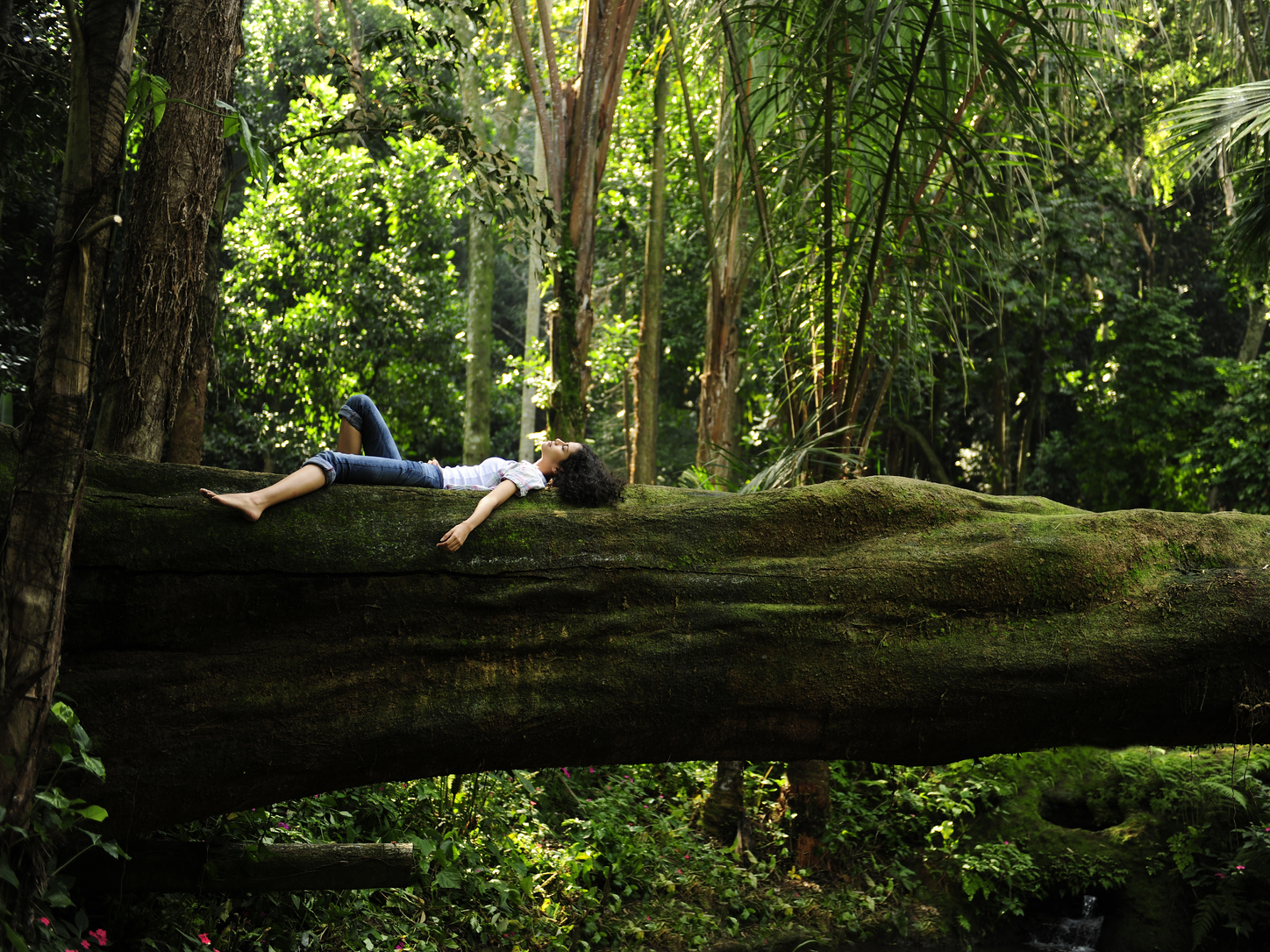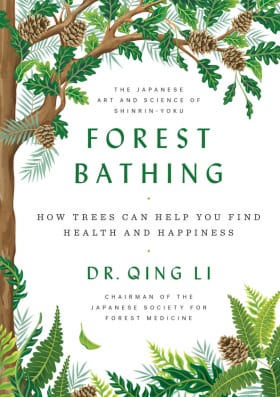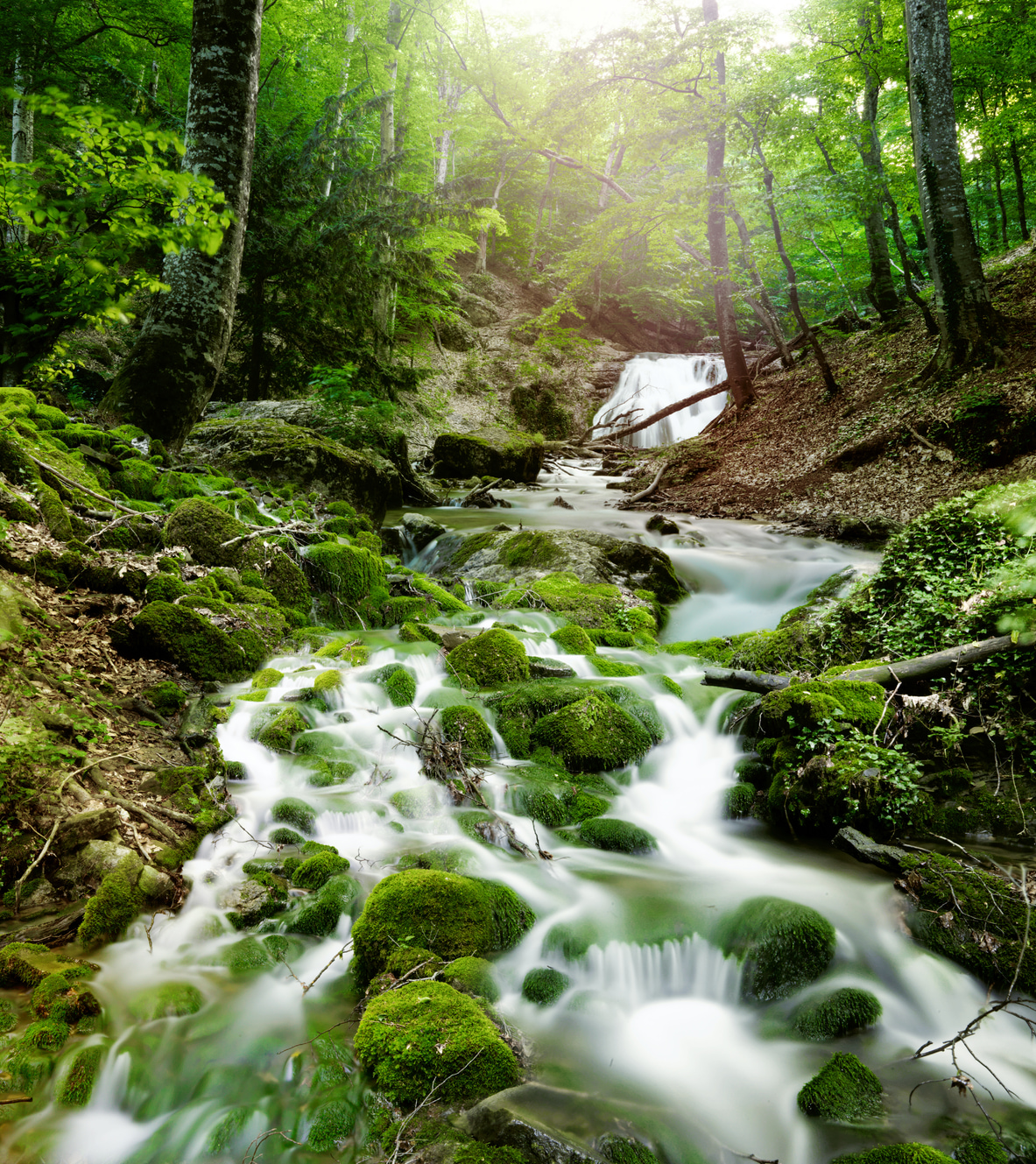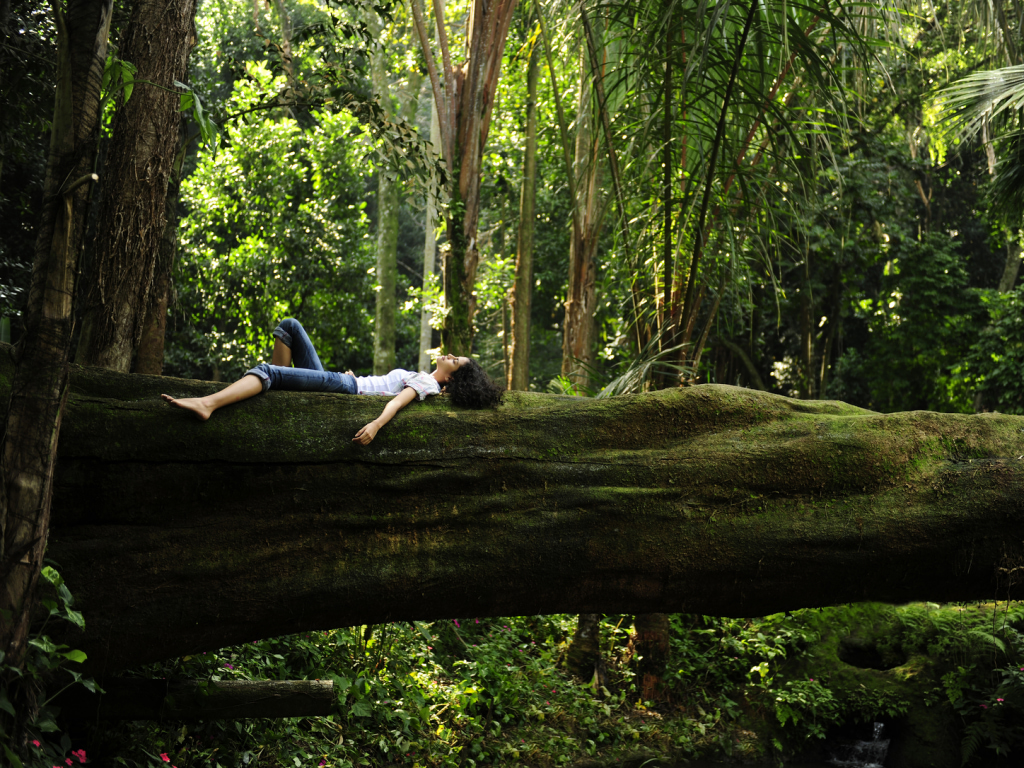The Japanese concept of shinrin-yoku is trending around the globe. Following the release of a new book on the topic by Dr Qing Li of Tokyo’s Nippon Medical School, we look at the history of the theory, whether trees can act as a therapist, and where to try forest bathing in Japan.

It’s universally acknowledged that taking a breath of fresh air or going out for a walk might help you to refresh, relax or change your mood. In recent years there has even been scientific evidence to support the sentiment that nature is not just simply good for you, but that it can actually be medically beneficial. Many cultures around the world have their own pro-nature ideologies, whether stemming from religion, folklore or tradition, but a practice originating in Japan is currently becoming a global wellness trend.
What is Shinrin-yoku?
Shinrin-yoku (森林浴) combines the kanji for “forest” and “bath,” and is commonly translated as “forest bathing.” As the name suggests, fundamentally it involves spending some time in a wooded area, “bathing” under the trees (whether you keep active or take a rest there is up to personal preference). The term was first used in 1982 by the Japanese Ministry of Agriculture, Forestry and Fisheries who wanted to encourage healthy lifestyles in addition to promoting and protecting the nation’s vast and beautiful natural environments.
A few years later, in 1986, the Forestry Agency together with the Green Civilization Society curated a list of 100 forests in Japan, promoting the concept of forest bathing and simultaneously nurturing the conservation of these designated areas. At the time, Tokyo’s additions to the list included Mount Takao, the Meiji Shrine Forest and Mount Mitake. Rather than falling in amongst the many short-lived health crazes of the 80s, this simple nature-based ideology resonated with Japanese sensibilities, particularly the deep spiritual and historical respect for the natural world. As a result, the practice steadily flourished.
In the early 2000s, several institutions, universities and medical research centers began conducting experiments to find out just how much a stroll under the trees can actually help us. From various studies undertaken over the years, the results have been unanimously positive. Spending time around trees has been proven to reduce stress, improve moods, lower pulse rates and blood pressure, increase concentration and creativity, boost our immune systems, and even help us to sleep better. Put in more poetic terms, trees can heal us.
Dr Qing Li’s Book Explores the Concept of Forest Bathing
One of the pioneers in researching the subject is Dr Qing Li of Tokyo’s Nippon Medical School. Described as the “the world’s foremost expert in forest medicine,” Dr Li first became interested in the medical potential of trees when he went camping in Yakushima forest as a student. Later in the 90s, after seeing a television program about a research study in the same forest he had visited years before, he recognized the widespread promise which would prompt him to begin his investigation, shaping his career for the next two decades.
Now, Dr Li has released a new book, Forest Bathing: How Trees Can Help You Find Health and Happiness. In addition to stunning photographs of beautiful forests, the book introduces the concept of forest bathing, expanding on the art and science of how trees can potentially enrich our lives. “Trees release natural oils called phytoncides which are also hugely beneficial to the human immune system,” explains Dr Li. “Exposure to phytoncides increases your count of NK [natural killer] cells, which help to prevent diseases like cancer, and reduces the production of stress hormones in your body.”

“Forest Bathing” by Dr Qing Li
He also discovered that forest bathing can be helpful in the treatment of anxiety and depression, conditions which, along with stress, are becoming increasingly prevalent in our modern lives. “Soil contains a microbe called Mycobacterium vaccae, which we inhale when we spend time in the forest. [The microbe] works like an antidepressant and can be more effective in lifting moods than some prescription drugs.”
The professor has also considered why Japan was the first place to scientifically investigate the reason trees are so good for us. “Forests make up two-thirds of the country’s landscape and many Japanese traditions revolve around nature and spending time outdoors. Yet Japan has also seen some of the most rapid rates of urbanization in the world over the past few decades. The majority of the population now lives in very crowded cities, and it quickly became clear that actively carving out time in nature would be extremely important for the nation’s mental and physical well-being,” he says.
The problems of urban living are of course not just limited to Japan. The rise of self-prescribed antidotes, from mindfulness to a multitude of yoga variations, are all further proof that people are more open to and actively seeking ways to improve their health through wellness and natural therapies. “Spending time in nature is proven to help you relax, and in an age where stress is tantamount to an epidemic, this is invaluable. If we are constantly feeling on high alert, the long-term impact on our body is devastating,” says Dr Li.

Photo: Shutterstock
Where to Try Forest Bathing
The good news is that forest bathing is a remarkably undemanding and inexpensive activity. It can be done at any time, in any weather condition and doesn’t require camping equipment or the physical endurance of a long hike (unless you want it to). You can enjoy forest bathing at your own pace, in your own style, at forests and parks nationwide.
The Forest Therapy Society (www.fo-society.jp) is a nonprofit organization identifying areas with forests and walking roads that have been scientifically evaluated and found to have a certified “forest bathing effect.” Currently 62 areas in Japan have been certified, each offering “forest therapy roads” with wide access paths suitable for leisurely walks – some are even wheelchair accessible. Sites include the Akagi Nature Park in Gunma, Yamakita-cho in Kanagawa and Okutama-machi (about two hours by train from Shinjuku Station), which was the first area in Tokyo to be approved as a site for forest therapy. For nature-lovers worldwide, The Association of Nature and Forest Therapy Guides and Programs (www.natureandforesttherapy.org) founded in 2013 offers an abundance of English resources as well as a database of trained forest therapy guides located internationally.
For many city dwellers, immersing yourself in the lush depths of a forest or national park may not be a feasible option but according to Dr Li, you can practice forest bathing almost anywhere. “City parks are perfect. I live in Tokyo, but right outside my office there is a shrine with lots of trees and I try to go for a walk there every day at lunchtime. With my students, we measured their rates of anxiety before and after walking in Tokyo’s city parks, proving that there are many benefits to be reaped from urban trees,” he says.
So spending time with any trees anywhere really can help (if you want an extra boost, apparently evergreens like conifers and cedars produce a higher number of phytoncides). Even if you can’t get to a park, you can bring the nature to you: using essential oils like pine or hinoki-scented candles can help you sleep better and slow down your fight-or-flight response. There are also a whole range of health benefits to keeping indoor plants in your house. “Obviously nothing beats getting outside if you can – where you are away from all your devices and distractions,” says Dr Li. “It really can be as simple as a walk in the park.”
Looking for some forest bathing spots around Japan? Check out our guide to Japan’s 34 national parks:
The Definitive Guide to Japan’s 34 National Parks, from Hokkaido to Okinawa









